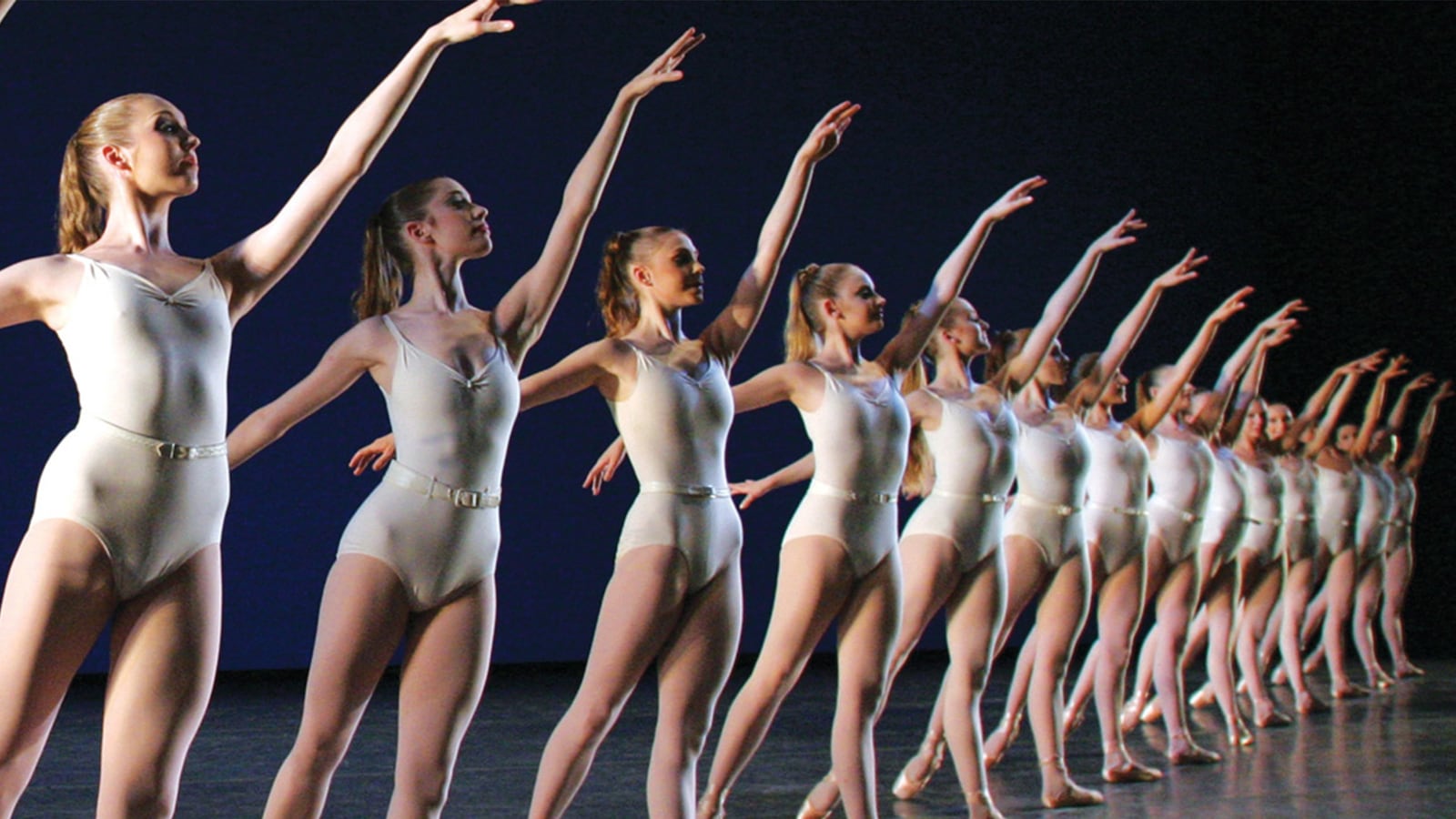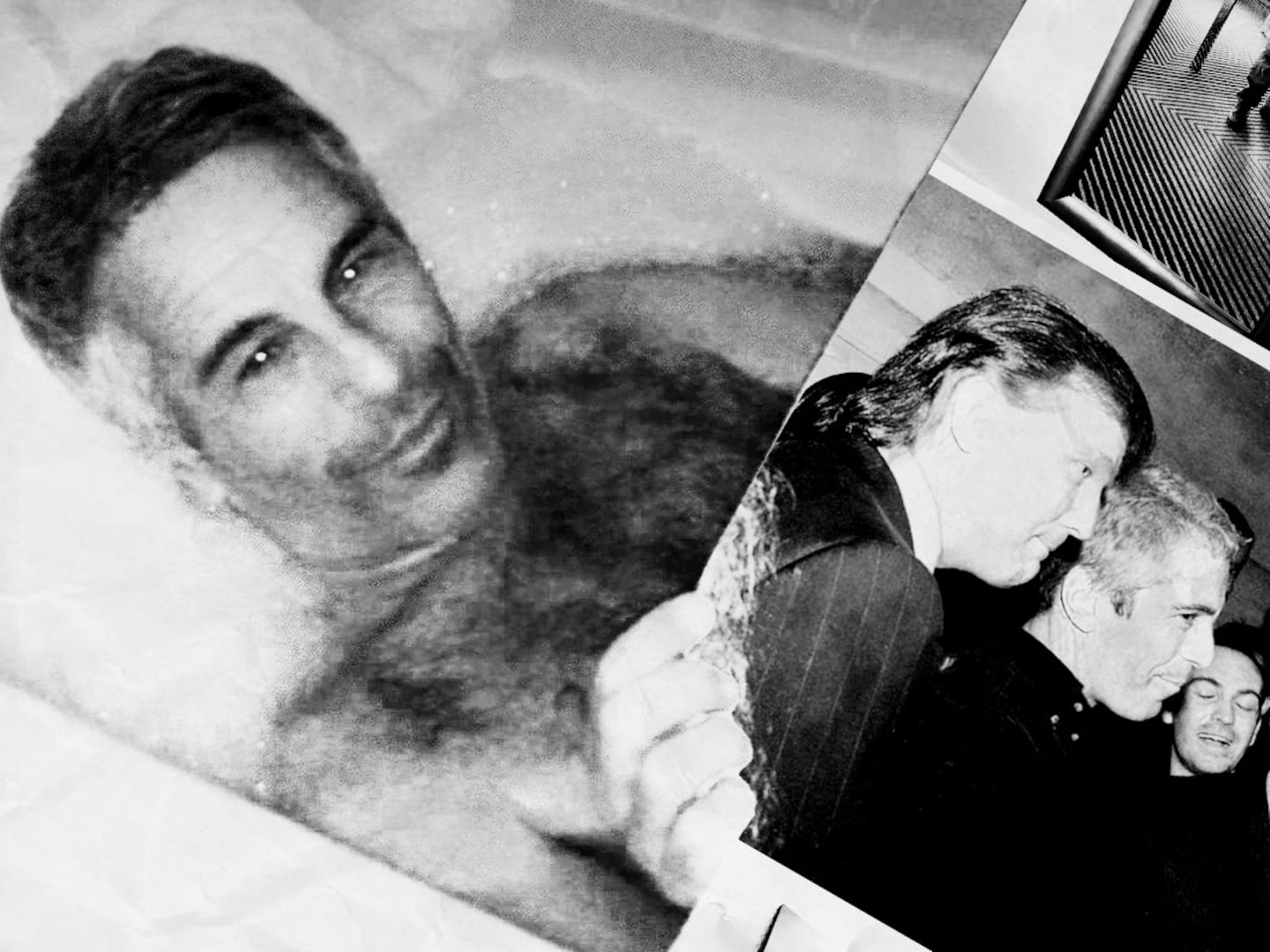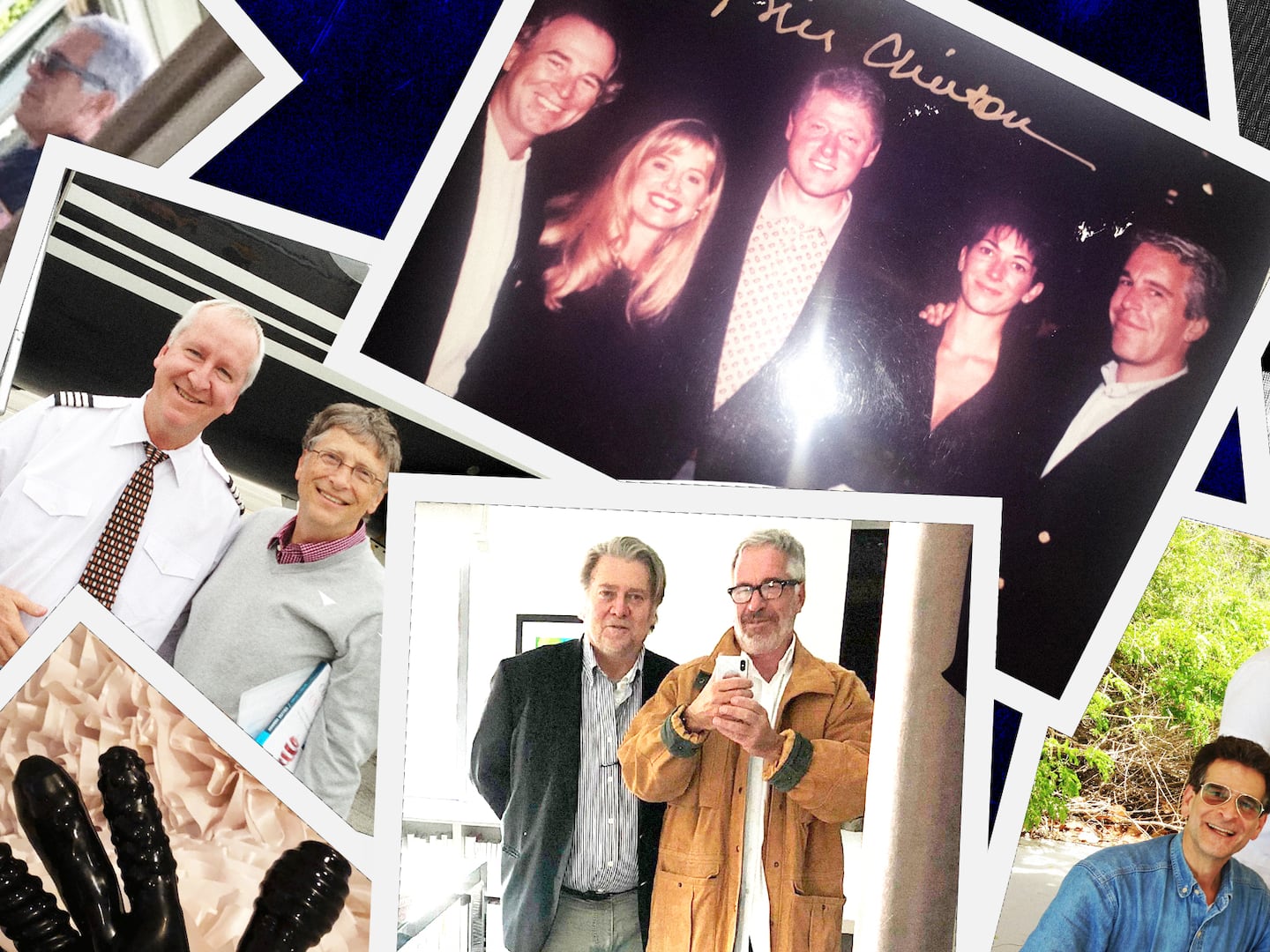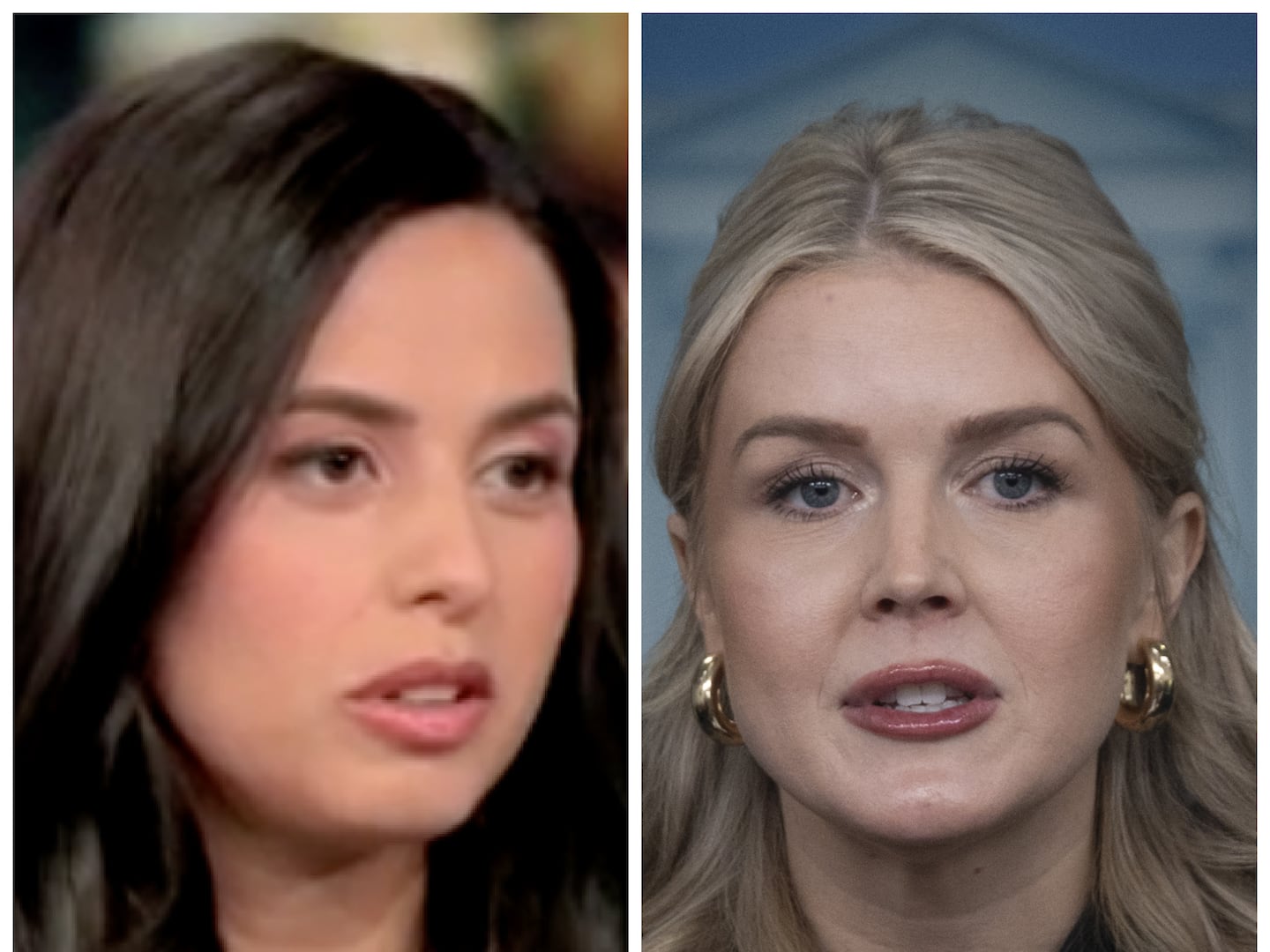In case you haven’t heard, it’s not a great time for the performing arts — particularly in the classical realm. The Atlanta Symphony last month locked out its musicians for the second time in two years, canceling the opening of its 70th-anniversary season. The Metropolitan Opera, after a summer of its own contentious labor disputes, faced protesters at its opening-night performance of John Adams’s controversial drama The Death of Klinghoffer, about a cruise ship hijacked by Palestinian terrorists. Meanwhile, ballet companies across the country continue to slash their live orchestra budgets, opting for pre-recorded music to accompany their dancers instead.
Yet one storied arts institution is riding a wave of popularity, good will, and even critical acclaim that’s rare even during the best of times: the New York City Ballet is currently enjoying its status as the most glamorous hot spot in the Big Apple. That just four years ago the company — started in 1948 by Lincoln Kirstein and the great, revolutionary choreographer George Balanchine — faced a $6 million deficit, dwindling sales, and a threatened labor dispute with its dancers that makes today's now-vaunted status even more remarkable. The driving force behind it? NYCB’s embrace of high fashion, particularly designer collaborations.
To wit, the ballet’s recent fall gala — featuring four new performances with costumes designed by Carolina Herrera (elegant, wispy gowns), Thom Browne (shrunken preppy blazers), Mary Katrantzou (patchwork leotards), and Sarah Burton of Alexander McQueen (richly embroidered, gothic tutus) — drew more than 800 guests, raising $2.3 million for the ballet. (Performances continue through October 15, before resuming again in February and May.) More important, however, it received an onslaught of publicity, not only from outlets that publish dance criticism like The New York Times, but also fashion and pop publications ranging from Vogue to Fashionista to the Huffington Post.
“It functions as free advertising,” says Apollinaire Scherr, a dance critic at the Financial Times. “These publications may be writing about the gala because they’re interested in what Mary Katrantzou is doing, but if it introduces ballet to a new audience, then [the event] is a success.”
The idea to incorporate fashion into New York City Ballet’s fall gala came from Sarah Jessica Parker, who approached the ballet in 2012 about collaborating with up-and-coming designers. “Of course, it worked out a little differently, since the first one was Valentino,” recalls New York City Ballet’s costume director, Marc Happel. “So, we jumped right into one of the great couturiers.”
“He was very involved,” Happel says of Valentino. “He has a home here in New York, so he was around for most of it. But when he wasn’t, he would be calling my cellphone from his yacht or one of his homes from anywhere in the world just to discuss whether something should be ruched up or painted. He was very into the details.”
The costumes — diaphanous ruffled nightgowns in Valentino’s signature orange-red — received mixed reviews, but the gala was an unmitigated success, drawing a star-studded guest list including Anne Hathaway, Daphne Guinness, and Parker, and raising $3 million for the ballet. That money, along with donations from the ballet’s spring gala, accounted for 20 percent of the company’s income for that year, according to a report in the New York Times. (The three fashion galas held since the collaborations began have raised a total of $8 million for the ballet, says Executive Director Katherine Brown, as well as “countless new audience members.”
“The timing was right,” Scherr says of the initial gala’s success. “Fashion Week had recently moved next door in Lincoln Center. The film Black Swan, with costumes by Rodarte, had an enormous impact on fashion. Designers were getting interested — you were seeing a lot of ballet-inspired clothes on the runway.”
Now, many ballet and dance companies have collaborated with designers — from Coco Chanel to Yves Saint Laurent to Comme des Garcons’ Rei Kawakubo, whose lumpy, misshapen leotards for the great modern choreographer Merce Cunningham are among the weirdest, and most compelling, examples of this particular genre. Yet few have done so with as much fanfare, star power, and consistency as the New York City Ballet. It’s the mixture of populism, artistry, glamour, and promotion that has made its collaborations so image-defining. And smart. After all, ballet is a cloistered world. It can be forbidding. It’s cooly elegant, without the dramatic histrionics of opera. It often lacks any kind of narrative structure. Its pleasures are undoubtedly visual, but also more cerebral than many of the other performing arts. Why not give audiences something or someone — a Hollywood star, a famous fashion designer, a beautiful tutu — that they can latch onto?Since 2012, the New York City Ballet has continued tapping a mix of new and established designers not only for its gala, but for other events as well, with great success, at least in terms of money and publicity. “The designers have been hit or miss,” Happel says. “Olivier Theyskens wanted to do all the fittings; he wanted to be here for a lot of the periods where we were figuring things out or having to drape things on forms. Then, Stella McCartney was not very involved at all. That gets to be problematic, because when they’re not here it’s hard to know what they want, especially when they don’t know anything about the ballet.”In three years, the process has gotten smoother. “I know I have to set certain parameters with designers; I have to get them to realize they’re designing for athletes who are doing incredible dance movements on the stage, or that the colors have to be strong and graphic so they don’t get lost in the audience.” Such diligence seems to have paid off. “They finally got it right this year,” says Scherr. “Before it seemed just like dressing; there wasn’t any synergy between the costumes and choreography. But this year it worked.”And, if recent trends are any indication, ballet’s allure still has a strong hold on the fashion set. The partnership is the focus of a current exhibition at the Museum at the Fashion Institute of Technology; Ballet — as well as other forms of dance — continues showing up on the runway, such as in Rick Owens’ fantastic Fall 2014 runway presentation, featuring African-American step-dancers; and even fashion editors have taken up ballet to keep trim, with barre replacing yoga as the preferred workout of the fashion elite.“In the biggest way, it’s brought a new audience into the ballet,” Happel says. “A younger more fashion-forward audience. And with the variety we have at the gala — Thom Browne, Sarah Burton, Carolina Herrera — those are three very different worlds. So you bring in a sensibility from those three different worlds and the audiences that are interested in those three different worlds. The hope is that maybe they’ll become interested in ballet on its own and come back.”






